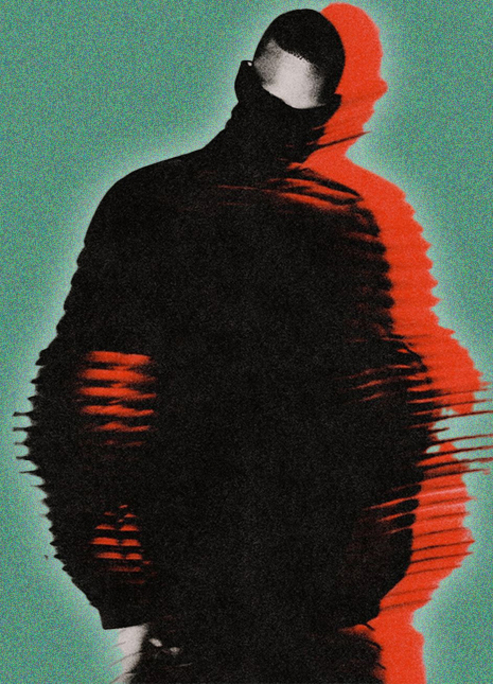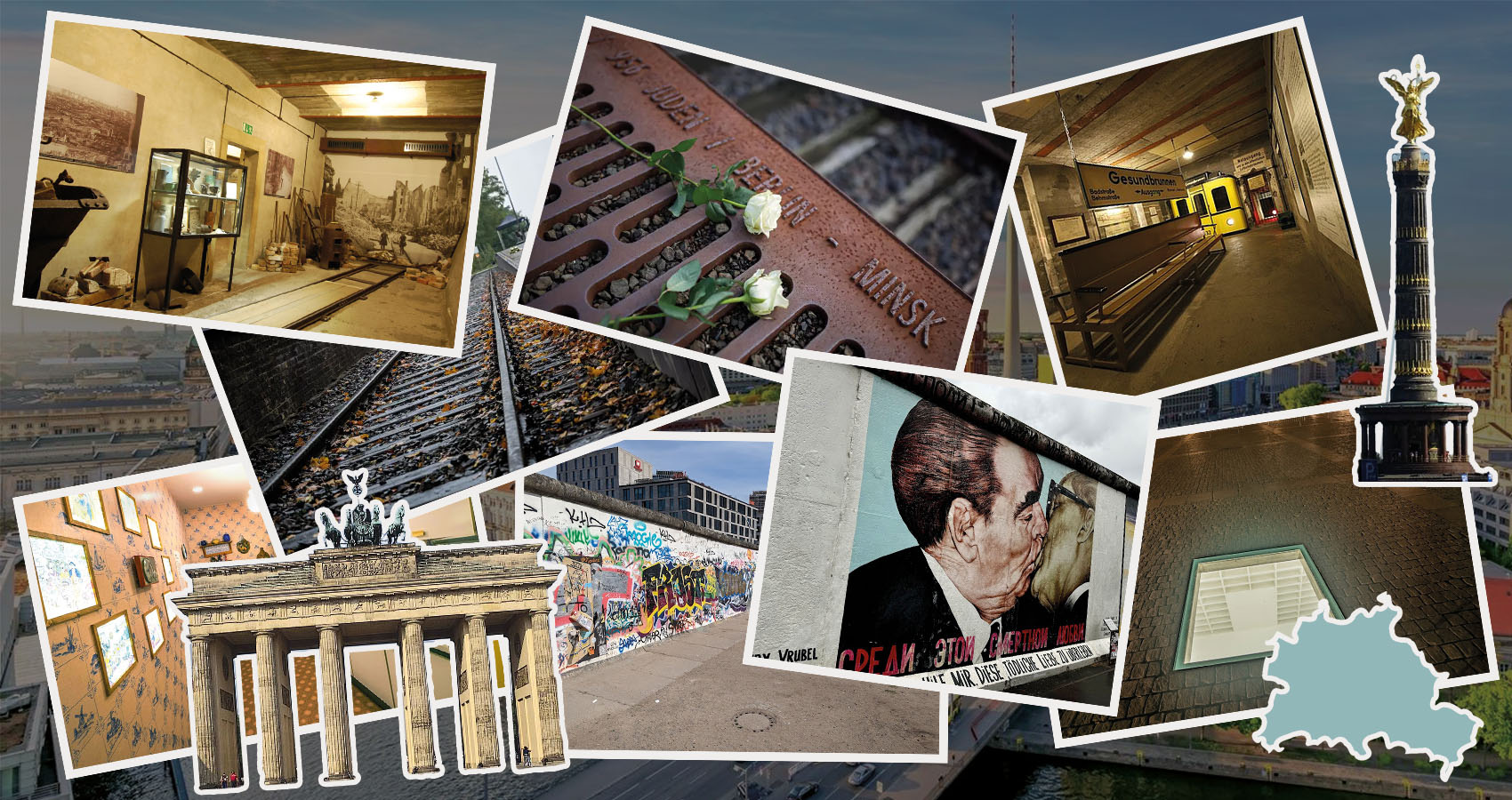
From Graffiti to Ghost Stations: The Other Berlin Story
Explore five unique locations.
Berlin welcomes around 13 million tourists each year, many of whom are keen to learn about the German capital's deep-rooted history by visiting popular sites like the Brandenburg Gate, Checkpoint Charlie, and the Memorial of the Murder Jews in Europe.
However, many unique and overlooked attractions in the city also tell a story of Berlin's dark past. Luckily, it is a very walkable city, and it's easy to get around Berlin with GuruWalk and their expert local guides, who can teach you more about the effects of the Second World War and the Cold War.
From graffiti to ghost stations, this article will explore five unique things to do in Berlin, ensuring you learn more about the story of the city's past.
1. East Side Gallery
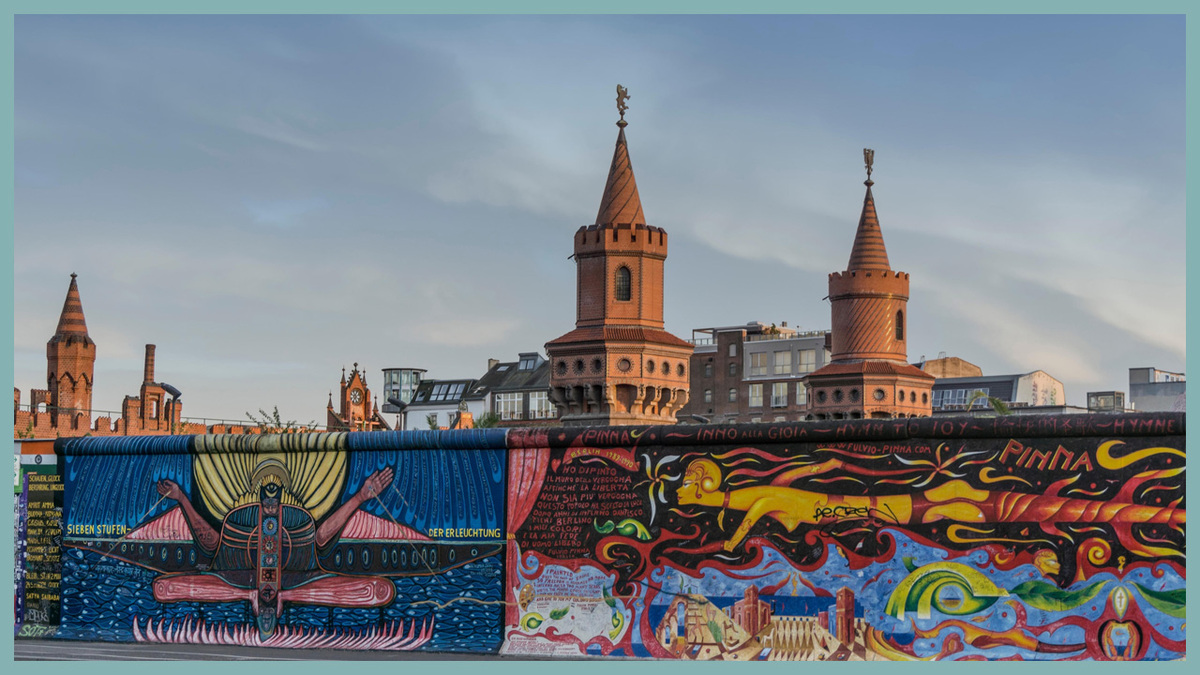
The East Side Gallery is made up of 1.3 kilometres of impressive graffiti on the longest surviving section of the Berlin Wall. The wall was a guarded concrete barrier that separated East and West Berlin during the Cold War and now symbolises the division between the communist and capitalist worlds.
Immediately after the wall came down on the 9th of November 1989, 118 artists from 21 countries began creatively painting on the part of the wall that is now known as the East Side Gallery. It then officially opened as a permanent open-air gallery on the 28th of September 1990 and was given a protected memorial status just over a year later.
Some of the graffiti at the East Side Gallery is particularly popular among visitors, including Dmitri Vrubel's "Fraternal Kiss", which is pictured below. If you like either street art or history, a visit here is worthwhile.
2. Berliner Unterwelten Museum
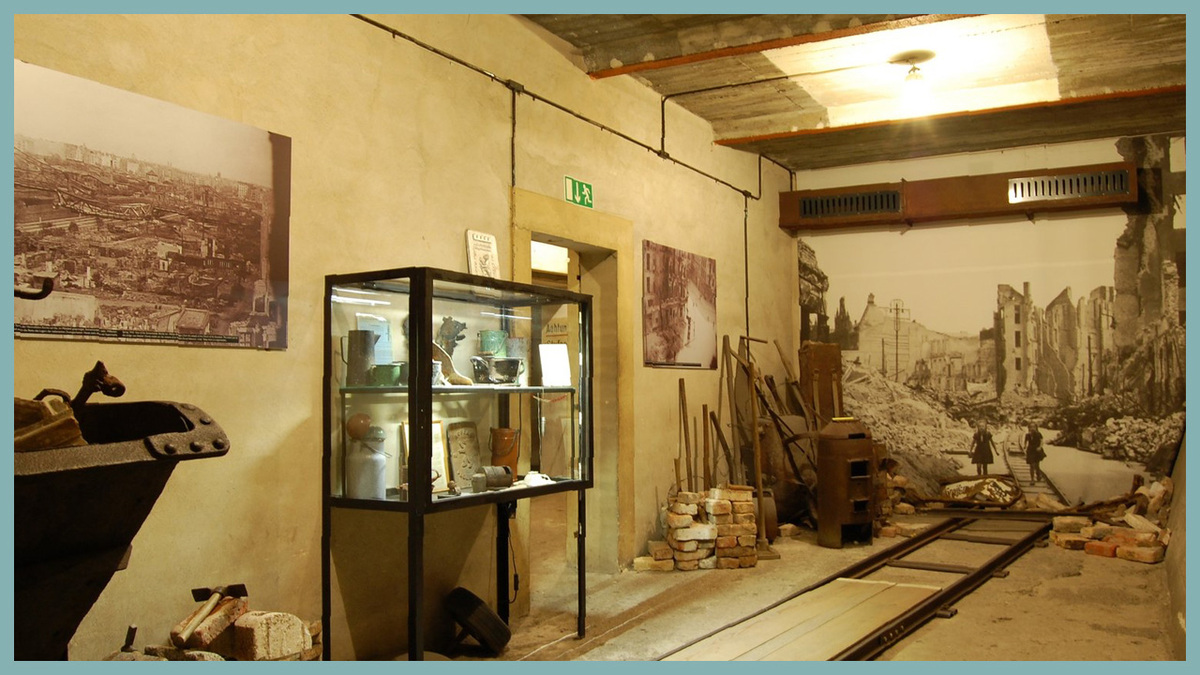
Berliner Unterwelten is a museum that offers tours of some of Berlin's most significant underground structures, including abandoned subway stations, air raid shelters dating back to the Second World War, and tunnels used throughout the Cold War to smuggle people out of East Berlin.
The museum began its guided tours in 1999, just two years after the non-profit organisation Berliner Unterwelten e.V. started exploring, documenting, and preserving the capital city's underground architecture. There are many tours to choose from, and tickets start at just €13.
3. Book Burning Memorial
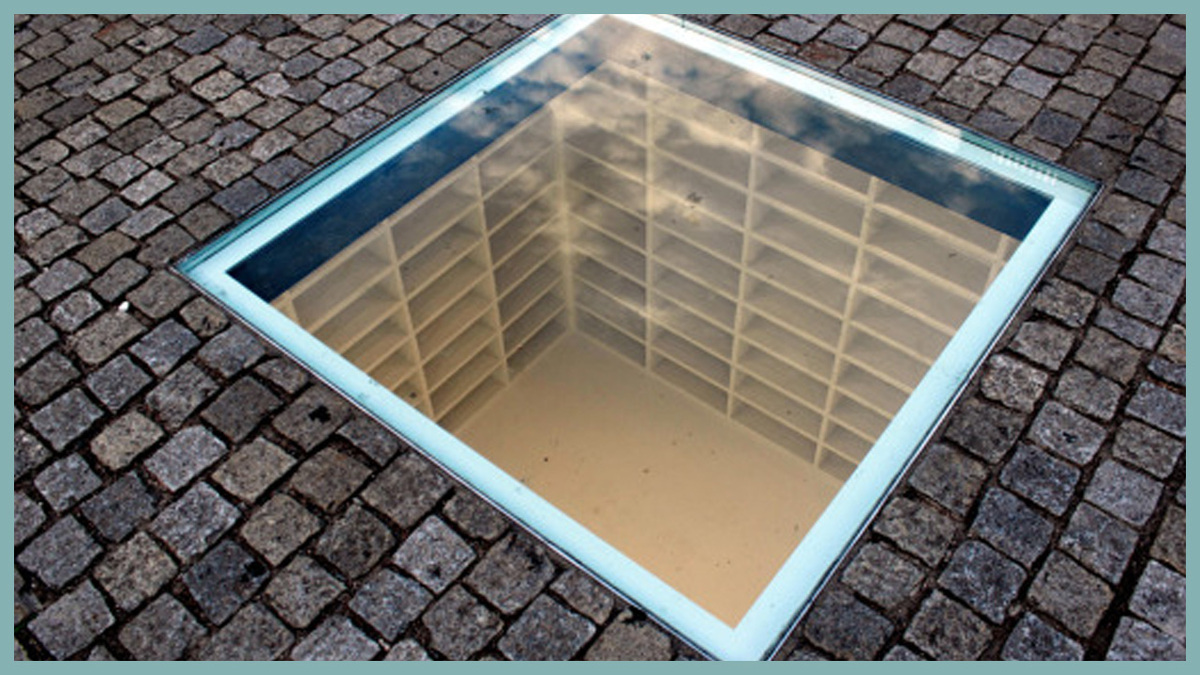
When you stroll around Bebelplatz, you might miss the glass plate set in the paving stones. However, below it is a library with 20,000 empty shelves. The spatial installation by Israeli artist Micha Ullman commemorates the book burning at Bebelplatz.
In the middle of Bebelplatz on the 10th of May, 1933, members of the Nazi German Student Union and their professors burnt 20,000 books as part of a nationwide action "against the un-German spirit".
The books were written by independent authors, journalists, philosophers, and academics who the Nazis ostracised and persecuted. Many of them were made to leave the country, and their stories were no longer allowed to be told.
4. DDR Museum
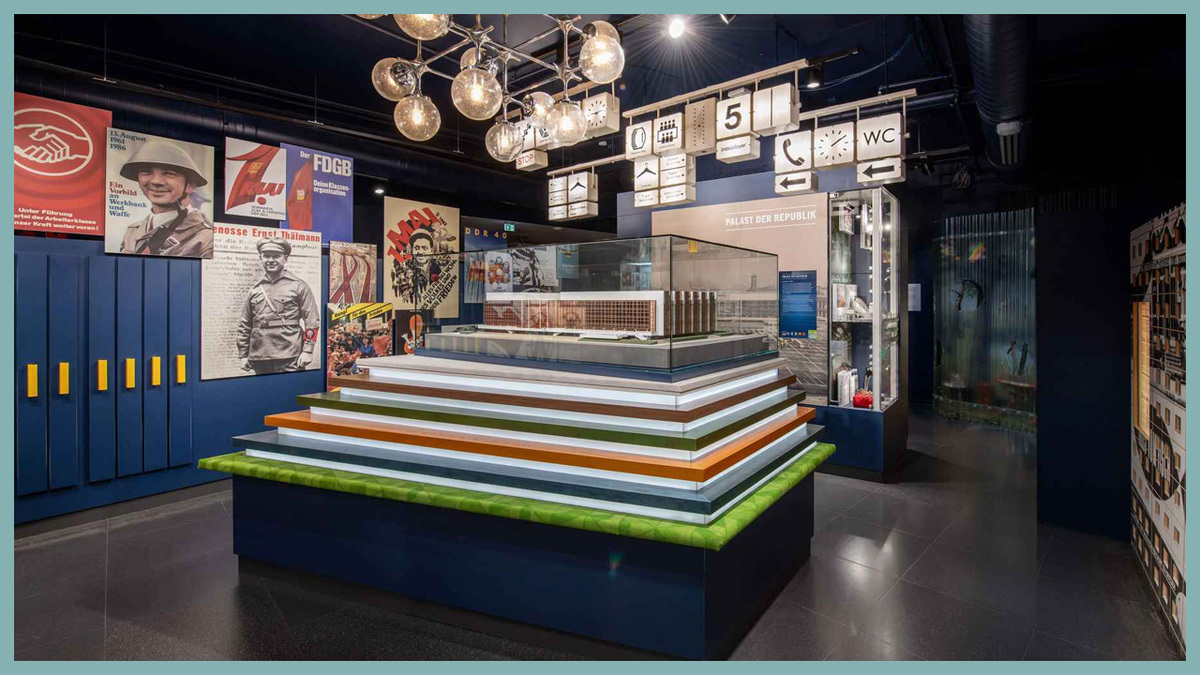
The Deutsche Demokratische Republik (DDR) Museum is located in the part of Berlin which used to be known as East Berlin. Inside the typical Plattenbau flat, visitors can learn about Stasi surveillance techniques, the history of East Berlin, and the everyday life of those who lived in the area whilst the Soviet Union occupied it.
The interactive museum is open 365 days a year, from 9am, and tickets start at just €8.
5. Platform 17 Memorial
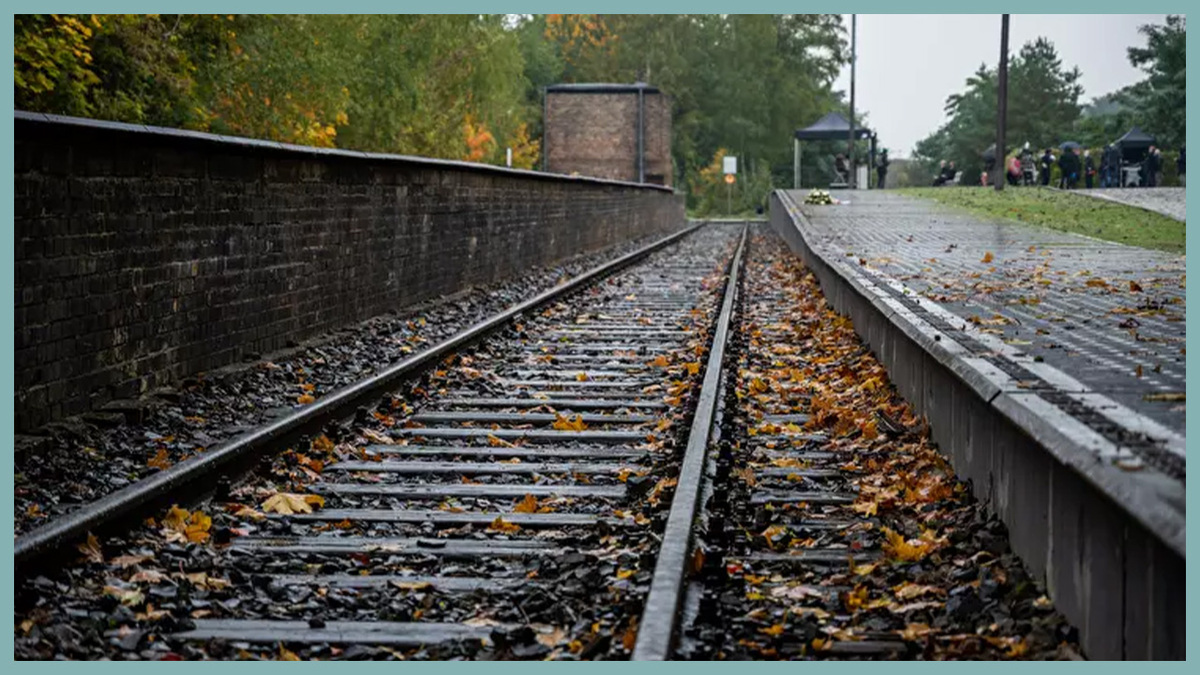
Platform 17 is a simple yet powerful memorial to the many Jews who were sent off to concentration camps during the Second World War. This memorial is part of Grunewald Station, where Jews boarded trains that would take them to the concentration camps.
On the abandoned platform are the dates, the number of people deported, and their destination.
The train tracks also mysteriously disappear into the woods, making the memorial eerie and sombre.
Ready To Hear Berlin's Other Story?
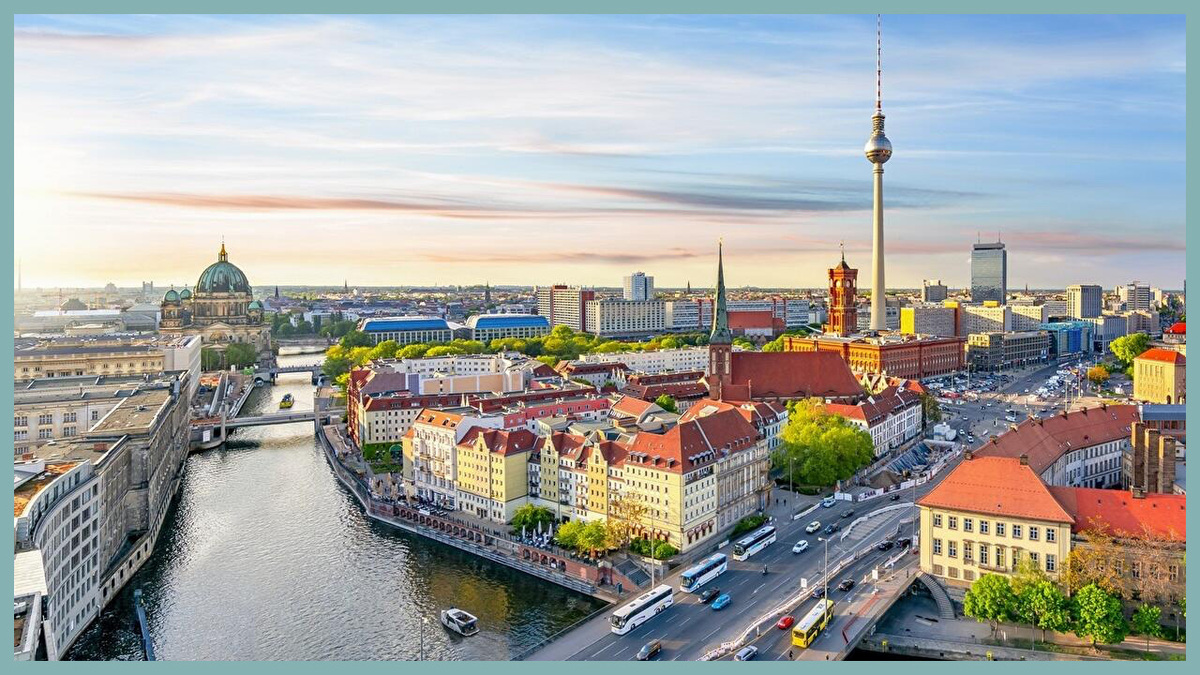
Whether exploring Berlin at your own pace or alongside a knowledgeable guide, it is essential to be respectful when visiting memorials or museums that commemorate the Second World War and the Cold War, as many Germans are still deeply affected by the events that occurred.




